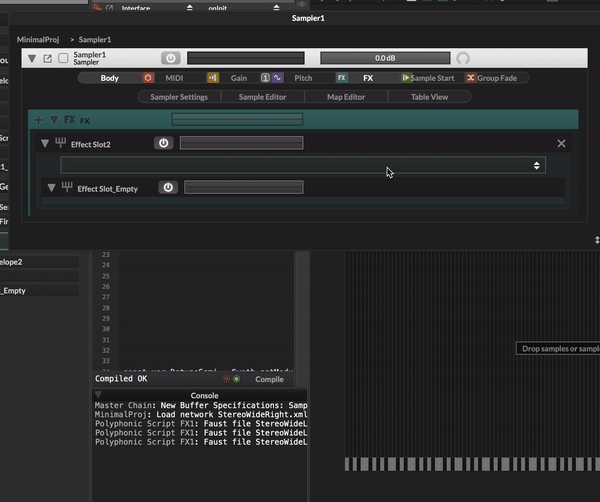I'm trying to get the multichannel plugin version of HISE to work on Mac. It builds fine with no errors, but opening it in any DAW causes an instant crash. The crash report blames com.apple.audio.IOThread.client with Reaper and the JUCE AudioPluginHost and AudioCalc with Ableton.
Any ideas? This is with the latest develop branch (and a slightly older one) on Intel + Monterey.
